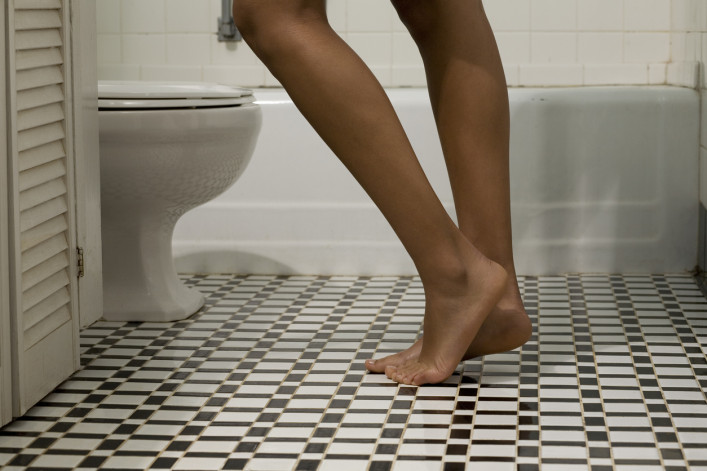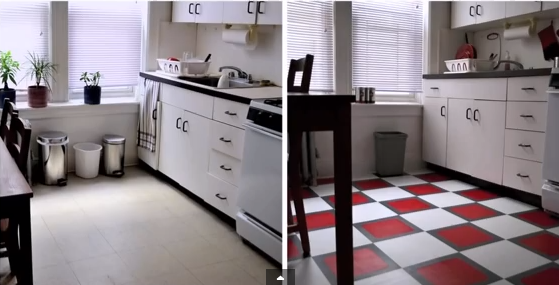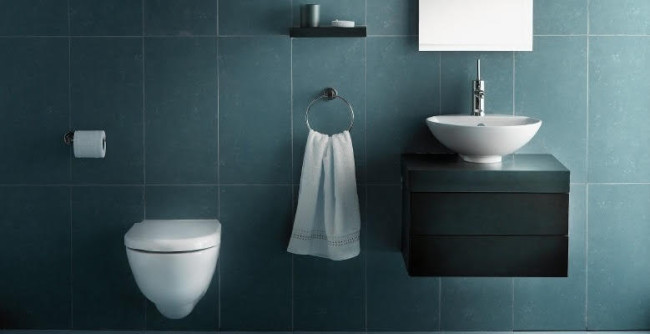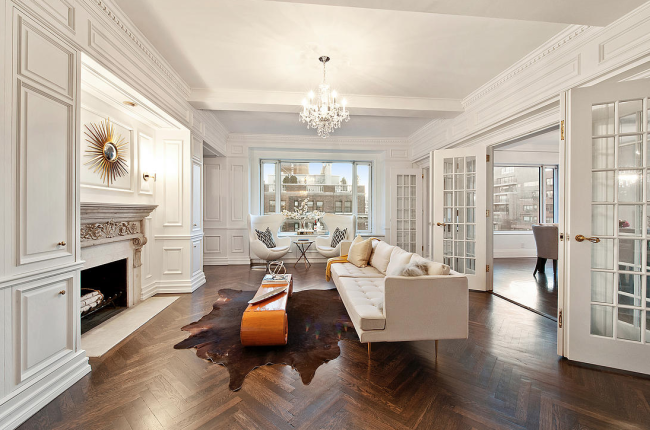What to know before you spring for radiant heat floors

I want to add radiant heat floors to my apartment. How much does this usually cost, and will they significantly add to my property values? Are some rooms better for them than others? And are they especially difficult to install, or to get building approval for?
If you want radiant heat floors, you should certainly add them, but don't expect a huge boost to your apartment's value, say our experts.
"We don't see radiant heat floors in apartments much except in bathrooms," says Corcoran's Deanna Kory, who says they're "fairly common" in new developments and bathroom renovations.
"In NYC, we typically only do the electric radiant heat only in the bathrooms and kitchen," concurs Agustin Ayuso, an architect with Bolster (which, by the way, is a Brick sponsor).
When they do make appearance in New York City buildings, they're more often electric radiant heat floors than the kind that run hot water through pipes underneath the floors, which are difficult to install in larger buildings, and more common in newly renovated single family homes. "Electric radiant heat floors install well under engineered wood floors and tiled floors," Ayuso explains.
Nonetheless, since they will be using extra electrical power, you'll need to clear the plans with your board or building management. But they're not likely to raise red flags, at least not for how much power they'll need. "Usually, the electrical load for these supplemental heating mats are way below the air-conditioning load in the summer, unless a bigger installation is planned," says Ayuso. "Many buildings will likely approve the electric radiant, as long as the electrical service allows for the increase in demand."
As for the cost, says Ayuso, in a typical bathroom of around 30 square feet, expect the radiant heat flooring mat to cost about $400, a good programmable thermostat about $180, then $300 for the electrical connections. "Add $600 for labor and the total cost is about $1,500, assuming demolition and re-tiling of the floor was already accounted for in othe renovation costs," he says.
If you're expecting your floorwork to add to property values, however, you may have to let this notion go. "Because of the lack of data on apartment sales with radiant heat floors throughout, it's hard to quantify any sort of increase in value," says Kory. "I would put in radiant heat floors only if you will appreciate all that it has to offer."
In other words, do it to improve your own quality of life, not as a potential boost to future sale prices.
Trouble at home? Get your NYC apartment-dweller questions answered by an expert! Send us your questions.
See all Ask an Expert.
You Might Also Like






























